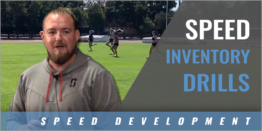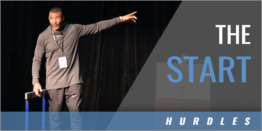|
Inspiring Excellence By: Talen Singer Originally Published in Techniques Magazine - USTFCCCA
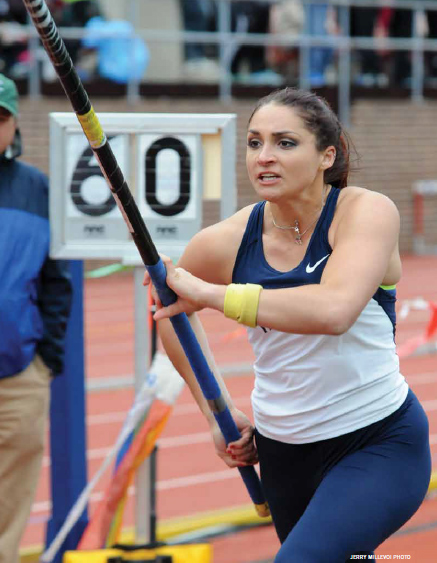 Coaches and athletes need to be invested in both performance and communication. Holding athletes account-able and being supportive when they fail to perform to the best of their ability is the one of the pillars of a creating successful coach/athlete relationship. Good coaches know when to spark enthusiasm with a fiery speech or a soft whisper of "I know you can do this". Great coaches understand that the primary success strategy to utilize on meet day is proper cueing. Cuing isn't simply telling an athlete what they did wrong or what you what them to do next. Tone, timing and the ability to communicate in verbiage that gives the athlete confidence in the immediate instruction are all part of successful cueing. An effective and comprehensible cue system that will truly assist an athlete in the heat of competition is composed of four principles: Keep all cues "positive". "Positive" does not mean cheerleading, or smiling while you say everything. It means instructing the athlete without negative judgment. He may or may not know what he did wrong. The coach's goal is not to have him focus or perseverate upon the negative, but to move forward toward success. The way to do this is to verbally convey to the athlete exactly what he needs to change without mentioning the negative action observed. For example: A pole-vaulter's hands are late to plant. Anyone who has attended a meet has seen this happen and has heard a myriad of responses from coaches. "Your hands are late!" might be one response. This lets the athlete know what they did wrong, but it provides no instruction to remediate the error and therefore, zero encouragement. Positive cues in this scenario would include "push your hands on that second to last step!" or simply, "get your hand up earlier, that will get you into a better position at take off!" The first statement is an observation; the latter two statements are cues. Effective cues shift the athlete's perception from failure to progress. It engages him or her by actively coaching them to perform an action with which they are familiar. Observations, or improper cues, merely point out errors and leave the athlete without an instruction to improve their immediate performance. Too often observations from coaches such as, "That was horrible!" or "What was that?" are commonly heard at meets. From the coach's viewpoint, it can be frustrating, sometimes even heartbreaking, to see an athlete fail at something that involved months of hard work. But a negative observation is not going to help the athlete get back on point. Be an active coach, not an observer. Always cue the athlete in a positive way that will lead to immediate adjustments and fix the issues that made an attempt go poorly. -Do not instruct in the middle of the competition
Cues should require little additional thought on the athlete's part, as they are referencing actions taught and drilled prior to the competition. While a cue is an instructional moment, it is not the time to teach new material. Competent and enthusiastic coaches strive to provide great explanations. The day of the competition is not the time or the place for this knowledge exchange. Post competition meetings are the appropriate forum to explain rationale and will further engender improved communication in future competitions. -Maintain consistency in use of language. Developing a consistent vocabulary that is utilized in both practice and in competition is essential for athletes to stay in sync with coaches and each other during a meet. The team will function most effectively if every member speaks and comprehends the same "language". For example, at practice a coach cues the athlete to bring the free leg through stronger, but then in the meet, the coach refers to it as a drive leg. The athlete, already in competition mode, will cognitively have to do a translation mid-meet to comprehend and process the coach's instruction. Some coaches might say to move back a "shoe" while others say a "foot". Developing the team vocabulary should begin on the very first day of practice. Athletes arrive with a variety of experiences from different coaches and programs. Once consistency is established, it not only enhances performance, but also unifies the athlete group. -Limit your feedback. The best coaches need very few words to make an adjustment in an athlete's performance. The ability to be concise is learned through experience. It is a well-honed skill, and it takes time. Begin by prioritizing. Quickly list and then define the issues with the performance. Following that, discern which of the issues are fixable. Then, quickly determine which one or two adjustments can be made in order to most facilitate a better immediate performance. Do all of this mentally, before even verbalizing the cue to the athlete. For example, a coach tells a high jumper that she is "drifting off the curve, coming in a bad angle, not getting the arms in the jump, and the step is close to the bar." While these are all certainly astute observations of what may have taken place, how much of that information is useful, in that moment to the athlete? None of those observations will empower the athlete to correct a technical error or instill confidence that the next jump will be better. In this example, the observation can be transformed into a cue by saying, "back up six inches and drive the line to get back to your solid approach." With this cue, the coaching becomes active by providing the athlete with concrete and definable actions to perform. These actions are familiar and have been practiced, so she can reference them easily, and the language used is understood because it is consistent. All of these factors allow the athlete to process the information without losing her flow and in turn, the coach has increased the athlete's confidence. The process is subtle and inspirational. The athlete gets the message that the coach believes that the next jump will be better. By using these four seemingly simple principles, a coach can establish a strong cuing system, but it takes an investment in time and consistent effort. Examine the coaching of take offs for example. There are many "like" cues in the different jump event take offs. While differing in angle and other actions, driving of the free leg or stable ankle position is an example of an actionable cue that crosses over. Cross over in between practice drills and competition actions are critical. For example, the use of take off cues while teaching the skips and run-run-jumps drills at practice. Postural cues, hip and shin alignment cues can all be developed and implemented during practice, where the pressure of competition is removed. This enables the athlete to follow the cue instruction with a much higher degree of accuracy on the day of the meet and make the changes needed to apply immediate improvement in the next attempt. Great performances and great coaching are void of apathy. When actively coaching through the use of effective cues, it is possible to inspire excellence and lead your athletes to great results.
|



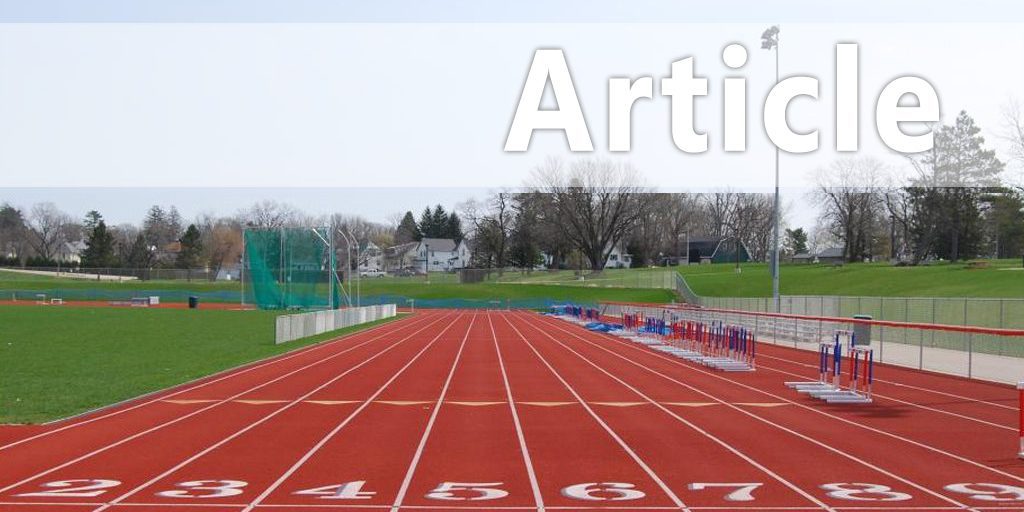
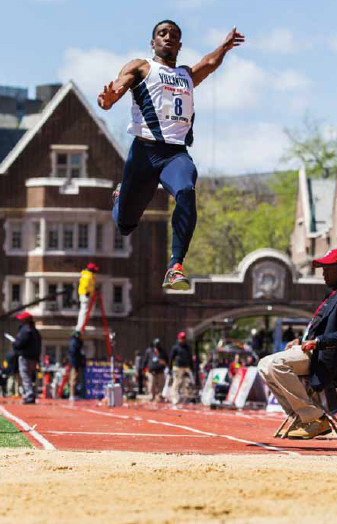 Simply put, long, involved explanations followed by multiple gestures between jumps are confusing to an athlete focused on competing. As discussed above, good cues are actionable changes that an athlete can make with a moment's notice. In order for cues to be effective, they need to be definitive.
Simply put, long, involved explanations followed by multiple gestures between jumps are confusing to an athlete focused on competing. As discussed above, good cues are actionable changes that an athlete can make with a moment's notice. In order for cues to be effective, they need to be definitive.
